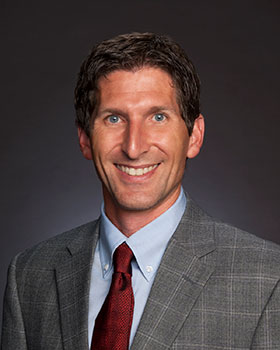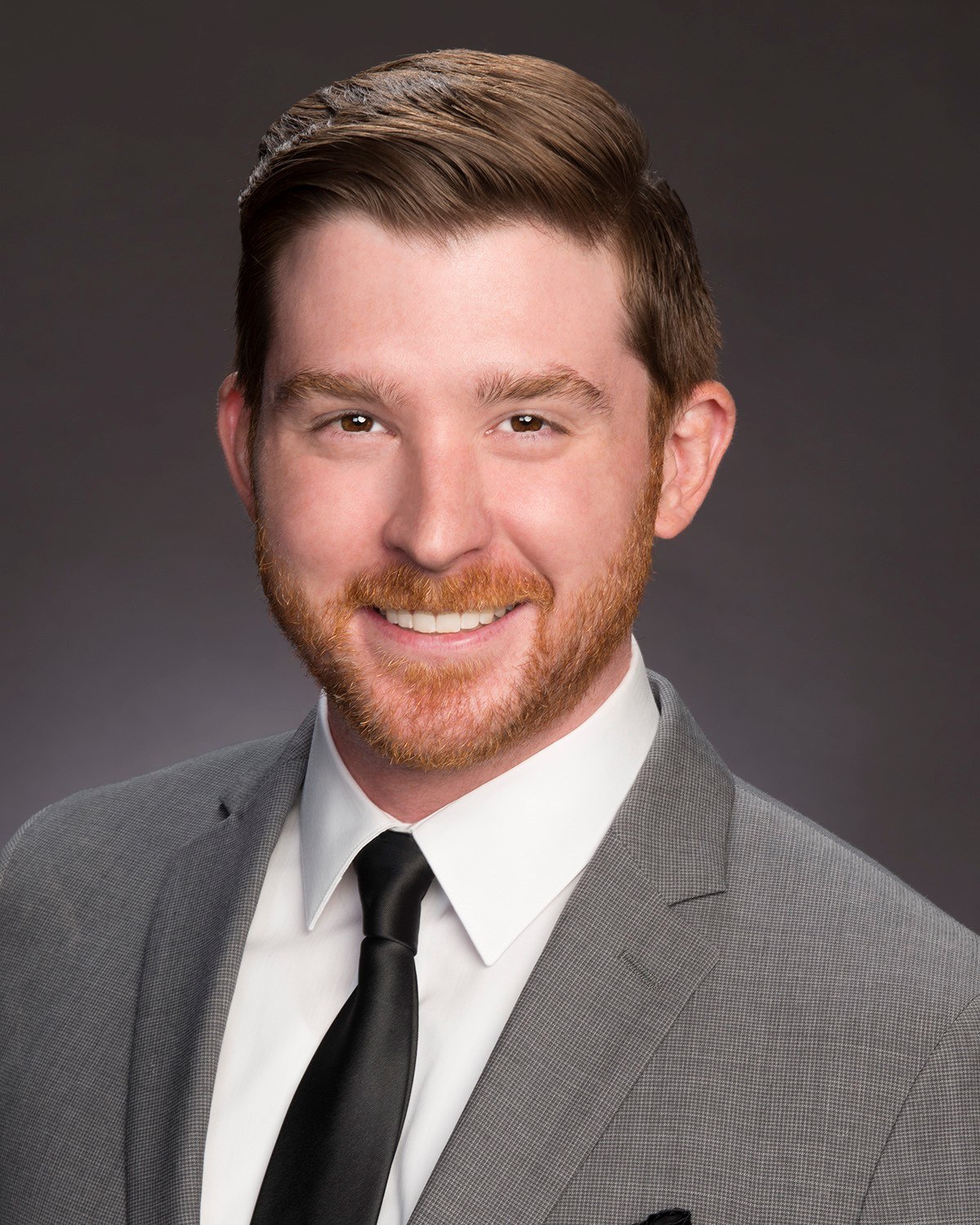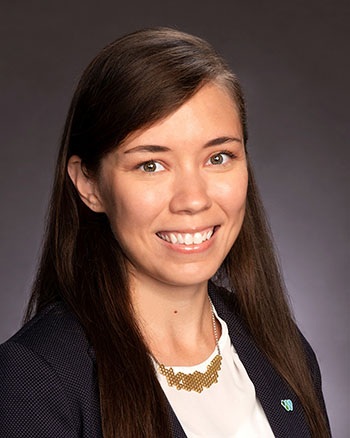Bureau of Ocean Energy Management
Identifying how communities respond to disasters
Assessing Temporal and Spatial Variability in Community and Parish Level Responses to Oil Spills and Other Events in Coastal Louisiana
The Challenge
Although there has been good work (see the Louisiana Coastal Atlas) on defining when and where Louisiana’s residents have moved throughout the state over time, the question of why these populations shifted remains. The Bureau of Ocean Energy Management (BOEM) is seeking a better answer to the question of “why” these coastal communities moved and whether those migrations could be attributed to oil and gas activity, storms, oil spills, or other events along the coast.
The Approach
With funding from BOEM, the Institute is partnering with researchers from the University of Arizona’s Bureau of Applied Research in Anthropology to conduct an in-depth historical analysis of community change in coastal Louisiana in an attempt better define the social, economic, and cultural impacts of the offshore oil and gas industry on coastal communities. This work will involve merging quantitative historical models of demographic and socioeconomic change with archival content analysis and on-the-ground ethnographic data collection, reaching out to community members to gain a deeper understanding of the causes of socioeconomic change in coastal Louisiana. The goal is to provide a better understanding of historical shifts in demographics and social conditions and the outside factors that influenced the changes. By knowing what has created movement of communities in the past, planners will be better able to focus their efforts on specific preparations for the future.


